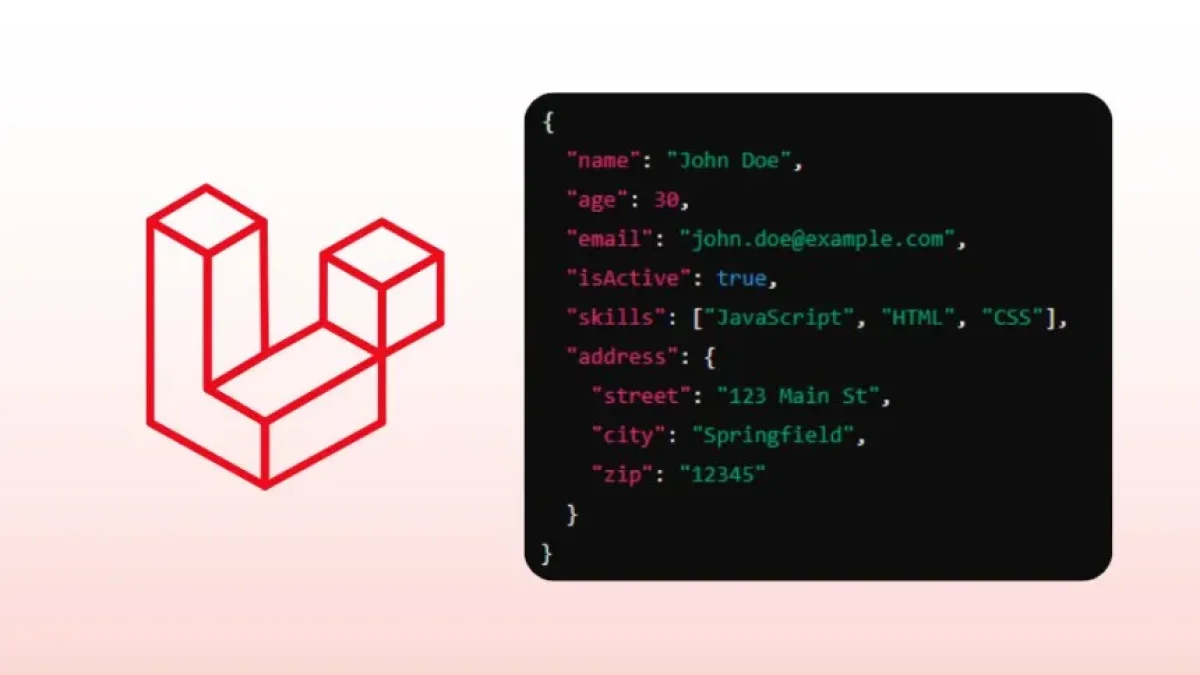Master the file system of Laravel for your projects.


Laravel is one of the most popular frameworks for web application development, and its file system is a powerful tool that facilitates file management and data manipulation. In this article, we will explore the main features of Laravel's file system, as well as some tips on how to get the most out of it in your projects.
Introduction to File Management in Laravel
Laravel's file system is based on a storage API that allows developers to work with files in a simple and efficient manner. By using the "Filesystem" component, Laravel enables tasks such as file uploads, storage on different disks, and path manipulation. This flexibility makes it ideal for both small projects and more complex applications.
Configuring the File System
Laravel comes with a default configuration located in the config/filesystems.php file. This file allows you to define the different disks where files will be stored, such as the local disk, Amazon S3, for example, and other cloud storage systems. Each disk can have specific configurations, thus adapting the system to the needs of your application.
Adding Custom Disks
It is possible to add custom disks in the file system configuration. You simply need to define the necessary credentials and settings within the mentioned file. With this option, you can integrate any type of storage according to your project's requirements.
Read also
Uploading and Managing Files
Laravel makes it easy to upload files through the Storage class. To upload a file, you can use the put method, which allows you to save the file on the selected disk. Additionally, with the save method, it is possible to store files quickly and easily. You can also handle file validation, ensuring that only specific types are accepted and that the file size is appropriate.
Example of File Upload
Below is a simple example of how to upload a file using Laravel:
use Illuminate\Support\Facades\Storage;
$request->file('avatar')->store('avatars');This code takes a file uploaded through a form and stores it in the avatars directory on the defined disk.
Read also
Accessing Stored Files
Laravel provides simple methods for accessing stored files. With Storage::get, you can retrieve the contents of a file, and with Storage::url, you can generate a public URL to directly access a stored file.
Example of File Access
Here's an example of how to get the public URL of a file:
$url = Storage::url('avatars/user1.jpg');This line of code will allow access to the file user1.jpg stored in the avatars directory.
Deleting and Verifying Files
In addition to uploading and retrieving files, Laravel also allows for deletion and verification actions. With the delete method, you can easily remove a file, and using exists, you can check if a specific file is stored.
Example of File Deletion
Storage::delete('avatars/user1.jpg');With this line, the file user1.jpg will be deleted from the avatars directory, thus facilitating resource management.
Conclusions
Laravel's file system offers a simple and powerful interface for managing storage and file manipulation in web projects. It also allows for a high degree of customization and adaptation to various needs. Mastering this tool is essential for developers looking to build robust and efficient applications.
If you want to learn more about Laravel and other related topics, I invite you to read more news of this kind on my blog.



















